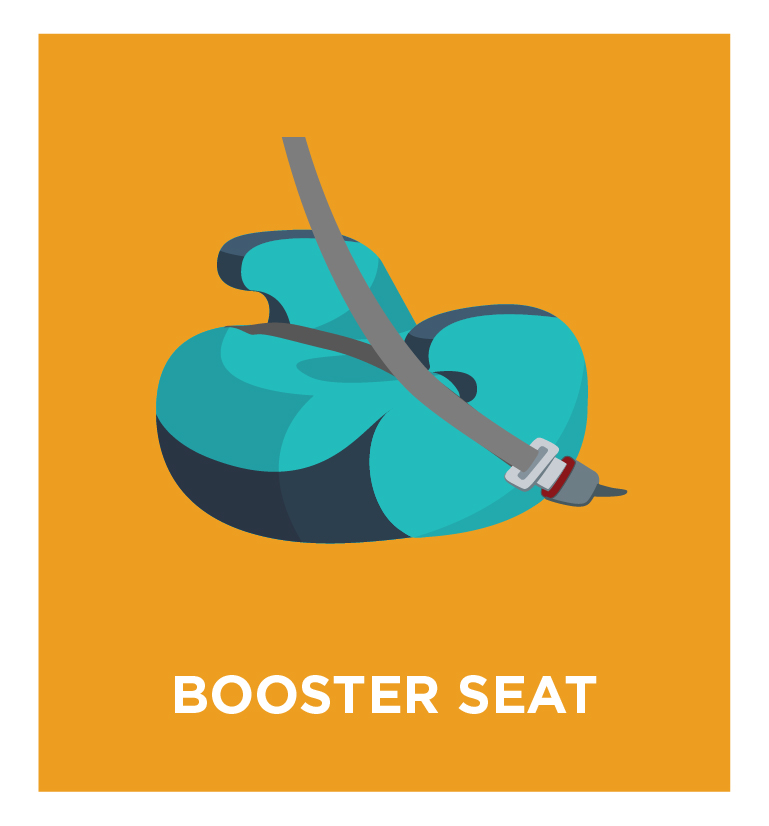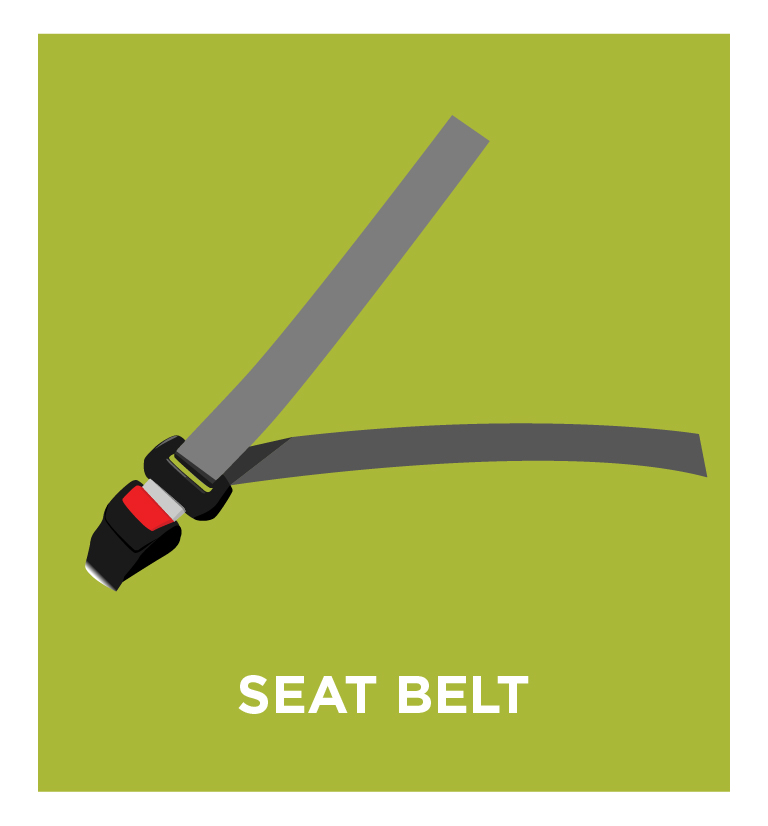A Properly Installed Car Seat Can Save Your Child’s Life

Buyer Beware: Spot Counterfeit Car Seats
The increase in fake car seats is a serious danger to child safety. Many families are unknowingly buying these unsafe and illegal seats, putting their children at risk. Car and booster seats in the U.S. must meet certain safety standards to be sold legally. As online shopping grows, so does the number of counterfeit car seats, making it important to know how to spot them.
Tips to Identify Counterfeit Car Seats
Spot the Difference:
1. Missing Parts
a. Noncompliant seats often have thin straps and do not have a chest clip.
b. Car seats that meet the required safety standards in the United States will have a chest clip and the correct strap width.
2. Check the Labels
a. Correct car seat labels will have height and weight requirements for the car seat as well as written and visual instructions.
b. If the car seat has only simple visuals, languages besides English/Spanish and grammatical errors it could possibly be a noncompliant car seat.
3. Manufacturing Information
a. Look for the manufacturer label on your car seat. Use this information to make sure the car seat is safe to use in the United States.
b. New car seats come with a registration card. Fill it out and send it back or register the car seat online.
c. Register your car seat to ensure it is safe and legal to use. The manufacturer can also reach out if there is ever a problem, like a recall or noncompliant car seat.
Buyer Beware:
1. Suspiciously Low Prices
a. If a seemingly high-end model is available at an unusually low price, it’s likely a counterfeit. In other words, If the price seems too good to be true it probably is.
2. Buying Online Has Its Risks
a. Places like Amazon and Walmart have 3 party sellers that could sell non compliant car seats on what seems like a reputable website. Make sure it is sold directly by Amazon or the car seat manufacturer.
If you have any questions about counterfeit car seats or need help with installation, click here to find a technician near you.
The Right Car Seat Does Matter!


Once a child is too big for a forward-facing seat, move to the booster. At least age four, 40 pounds.

Car Seat Recommendations

Nationwide, motor vehicle crashes are a leading cause of injuries and deaths for children ages 0-14. According to the Children’s Hospital of Philadelphia, properly used car seats reduce the risk of death in passenger cars by 71 percent for infants and 54 percent for toddlers. For children 4 to 8-years-old, booster seats reduce injury risk by 45 percent compared to seat belts alone.

Remember
- Always read and follow your car seat manual and vehicle owner’s manual.
- All car seats have a height and weight range. This information can be found on a label in both English and Spanish on the car seat.
- All car seats sold in the United States are required to meet Federal Motor Vehicle Safety Standard 213. Check for this on the label before you purchase a car seat.
A Properly Installed Car Seat Can Save Your Child’s Life


